Sound Bites - Issue #47 - July 2017

Issue #47 July | 2017
Community Education's Premiere Online Magazine
On the Cover
Racing to the Winner's Circle - 2017 Photo Contest Winner
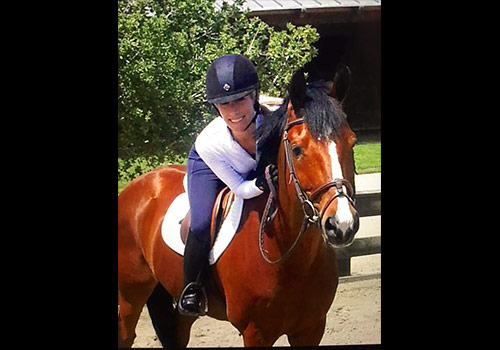 Victoria Bleeden's photos often feature horses, people and places
Victoria Bleeden's photos often feature horses, people and places
 Victoria Bleeden's photo New Friends
Victoria Bleeden's photo New Friends
 Victoria Bleeden's photo Belizean Mennonites
Victoria Bleeden's photo Belizean Mennonites
Victoria Bleeden has always been drawn to animals; indeed, her 2017 Student Photo Contest winning photo that she calls 'Golden Flight' is of a hummingbird.
But more than any other animal, she has a special relationship with horses and has been an equestrian since childhood, competing in prestigious shows throughout the nation. But a dramatic health problem a couple years ago prompted her to establish a different kind of relationship with horses and to get her into the field of equine assisted therapy.
Relatively new to photography, the Calabasas resident and mother of 18-year-old twin boys has taken no photo classes and yet won the contest by capturing the image with a Canon EOS Rebel T3, a regular telephoto lens and a fast shutter speed. Her still-under-construction web page, Victoria Paige Photography, features beautiful images of animals, landscapes and people.
Bleeden is now just beginning to launch her photography business in the hopes of doing primarily animal portraits. But she also keeps busy with other projects - primarily in equine assisted therapy.
Born and raised in Beverly Hills, she has been riding since childhood, and both she and her mother competed nationwide in prominent equestrian events. She still rides hunters and jumpers competitively - her Dutch Warm Blood gelding is 15-year-old Tater - but not nearly as much since she was diagnosed with a brain tumor.
"I was very competitive, but three years ago I started falling off my horse a lot," she recalls. "I didn't know where I was on the horse. And then I developed problems with walking and I couldn't swing my leg over the horse. I was scared and then depressed. I had to lease my horse out for a year."
Eventually, she was diagnosed with a benign brain tumor and underwent successful surgery and recovery.
"Basically, it was a wake-up call," she said. "I really love the horse, but I got obsessed with competition. So I started just hanging around the horse, and it was so healing that I wanted to do it for others."
(Bleeden tells more of her story in Horse Network in an article entitled, "The Gift of Manure.")
As an equine specialist, Bleeden works with a licensed therapist to help clients who are primarily people in rehab. The clients brush and care for horses to "get in touch with themselves," she said.
"You can lie to a therapist but you can't lie to a horse," she added. "The clients' interaction with the horse is brief but has been miraculous. A client will come into the round pen with a horse, shaking from detox, spend an hour with a horse, and leave calm."
Bleeden also works as a coach. For example, she has a client who is wealthy and has her own horse but is terrified to canter and gallop. She says the client is holding on to fear in her life, and Bleeden is working to help the woman let go of that fear.
"I have been blessed to know the healing power of horses," she said. "It is an honor to share their gift with others."

What's New
What's New: Recognizing the Slack Trend
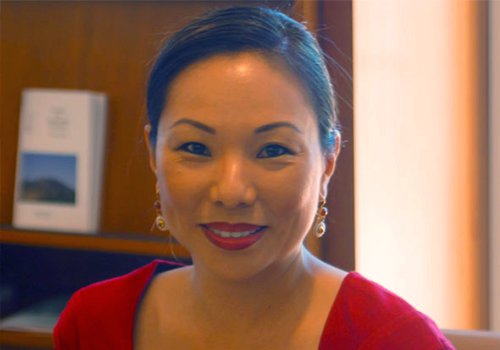
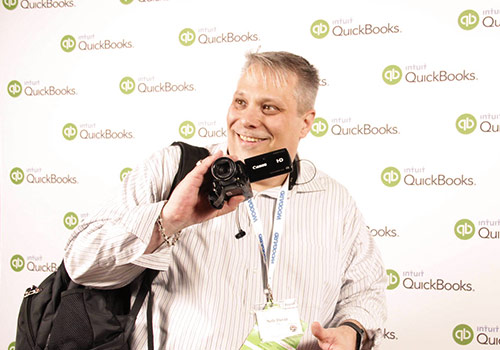 Seth Davis - ready to teach Slack
Seth Davis - ready to teach Slack
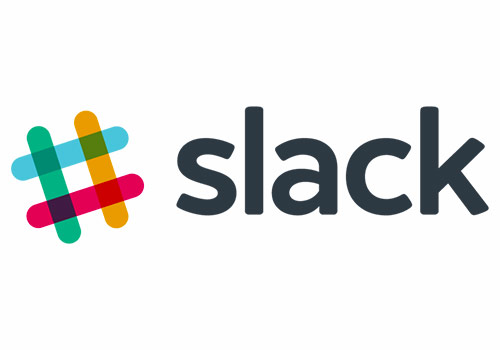 Slack logo
Slack logo
from the desk of Alice Meyering
Sometimes I feel like a dork. Allow me to explain.
I was reading the latest issue of Fortune and came across an article about Slack -- the communication tool you probably don't know much about -- and got completely and unreasonably excited. Because you see, we are offering a Slack Communication Workshop this Fall, and this article reaffirms my belief that our offering here at Community Education is right on the money.
This may sound like a shameless plug for our classes, but it really isn't. I have learned from experience that our community, our audience, has a clear idea of what they want and need, and plugging doesn't really work in a well-informed community such as ours, so I don't even bother. What matters is that we are right on the money and offer the most coveted topics and skills of the moment, and I know our audience always responds to that.
I admit when Seth David first approached me about doing this workshop, I was a little skeptical. What is it and what does it do? I wish I had the Fortune article right then and there for elucidation.
But no matter, Seth's usual enthusiasm for everything and anything tech-related (his outfit isn't called Nerd Enterprise for nothing) soon had me convinced that we need to bring this workshop to our community, and quickly. Seth and I worked together to add this workshop to our Fall lineup (and by the way, our Fall class schedules should be hitting your mailbox right around now).
The genesis of Slack is fascinating, but I think what is more indicative of the times we are in is that tools like Slack will allow the users to be more productive. Let's face it, whether by choice or necessity, many of us are so inundated with tasks at work that we wish we could have a personal assistant to sort things out. And, according to Slack's CEO, it would be like "giving everyone a virtual chief of staff." Now that's something all of us can get used to, right?
I must say it is an interesting age we are living in. Most of us remember rotary phones and big, clunky television sets, with parents using the kids as remote controls (okay, maybe you don't, but I do), and yet we are now watching videos on our phones and buying and paying things using apps, and kids today don't know what a fax is. Technology has certainly come a long way and evolved maybe faster than we like. However, it is my personal belief that technology is something to be embraced if we want to stay relevant in the world we are living in.
Slack is only a few years old, but it is gaining momentum. Get acquainted with it this fall by joining our workshop and let Seth lead you through all its ins and outs; you'll be glad you did.

Behind the Scenes:
The Essence of Art and Why It Matters
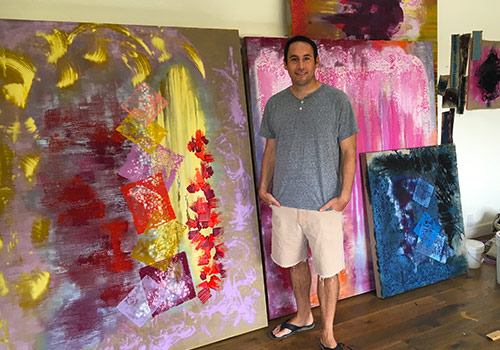 Painting instructor Bryan Ricci
Painting instructor Bryan Ricci
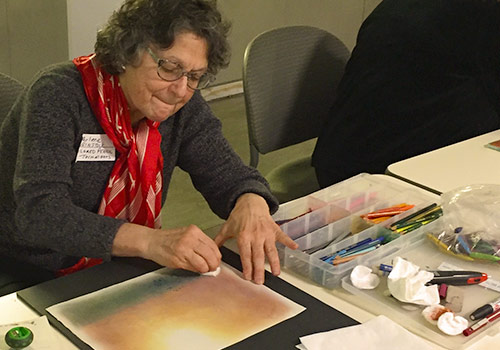 Colored pencils instructor Arlene Weinstock
Colored pencils instructor Arlene Weinstock
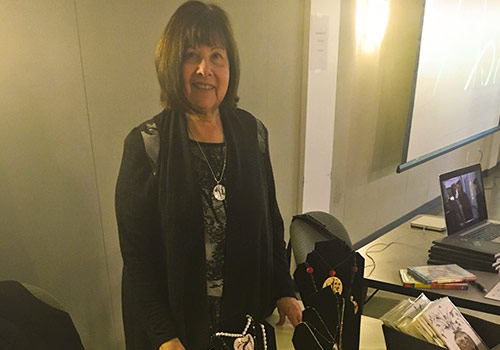 , Sumi-e instructor Sherry Davis
, Sumi-e instructor Sherry Davis
SMC Community Ed art classes have always been very popular. Whether it's painting or drawing or stone carving, the classes have drawn a diverse mix of students.
Sound Bites posed two questions to art instructors that, in essence, get at the heart of why we are drawn to art and making art.
Why is art important?
Art is important because it forces us to slow down in such a busy disconnected world. It can also teach us about different cultures and forces us to engage in something deeply.
What do students get out of your classes?
Students learn about historical and contemporary painting and techniques. I teach basic color mixing and more advanced/non traditional painting techniques as well. Most importantly, I hope they have fun!
-Bryan Ricci, Paint Anything!
Why is art important?
Learning to make art is a path to personal growth and a gateway to self-expression. Making art activates the creative centers in the brain, opening up endless possibilities. Each person experiences art and art making differently. Art can be magical - it can be a method for expressing beauty and joy or pain and suffering. Both can be transformative.
What do students get out of your classes?
Colored pencil is a wonderful tool for exploring the concepts of art and building skills. Colored Pencil demands that the artist slows down and works deliberately. Students learn to be open to new techniques and approaches. I encourage students to be open to making mistakes. Because learning to fix a problem is the best way to learn new ways to work. Students often create artwork they are proud to share. For many people, working in colored pencil is meditative as well. This is a class that encourages people to explore art and learn to think differently - to think like an artist.
-Arlene Weinstock, Colored Pencil Techniques
Why is art important?
Art is more important today than ever before. Art expands a person's mind and spirit and gives us a cultural and emotional connection to one another. Not only is it a beautiful way to express one's self but also to see the world through color, shape and texture.
What do students get out of your classes?
In my Sumi-e Painting Class, I bridge the gap between western art and the eastern art of Japanese ink brush painting. My students learn to paint four different flowers, which in Sumi-e is known as "The Four Gentlemen." The brush strokes of these "gentlemen" connect the students with their own human spirit to create a beautiful ink picture.
-Sherry Davis, Sumi-e Painting

Perspectives:
On Alternative Dispute Resolution
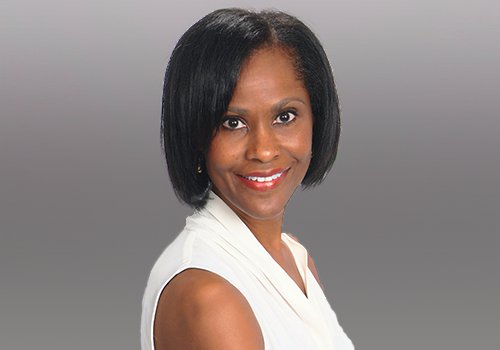 Michelle King, Director Career & Contract Ed.
Michelle King, Director Career & Contract Ed.
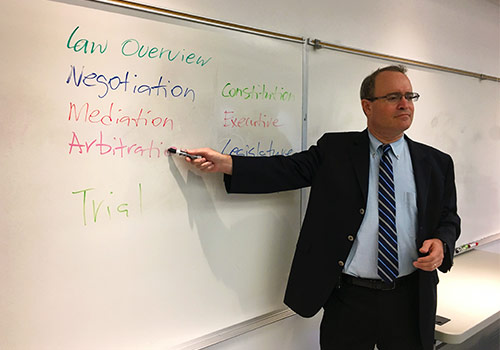 Robert Klepa's experience makes him the perfect instructor for Alternative Dispute Resolution
Robert Klepa's experience makes him the perfect instructor for Alternative Dispute Resolution
SMC Extension is constantly looking to offer courses in high-growth, well-paying fields - and thus I am pleased to let you know we are now offering a "Certificate in Alternative Dispute Resolution (ADR): Mediation, Arbitration, and Negotiation."
Employment of arbitrators, mediators, and conciliators is projected to grow 9 percent from 2014 to 2024, faster than the average for all occupations, according to the U.S. Bureau of Labor Statistics.
The 2016 median national pay was $59,770 per year or $28.74 per hour, though Robert Klepa, the SMC Extension instructor, says he knows a mediator (who is not an attorney) who charges $450 an hour, though it has taken him many years to get to that fee level.
Robert Klepa has been a California licensed attorney for the last 27 years. In that time, he served multiple times as a Mediator, Arbitrator and Judge Pro Tem for the Los Angeles County Superior Court and decided or helped resolve many breach of contract, personal injury, and product liability cases. In addition, he has decided hundreds of disability, housing, and employment law cases as a Hearing Officer for Los Angeles and Ventura Counties.
I believe the following Q & A with Mr. Klepa is illuminating. Enjoy!
When did the field of mediation and arbitration emerge and what brought it about?
Trial by jury, by government assigned judge or by party selected arbitrator (private judge) have been around since America began. Each of these dispute resolution systems were brought over from England. Mediation, in which someone guides the parties to a solution, has a long history in resolving religious disputes, but was not really accepted as a mainstream process for resolving civil disputes until the Federal Mediation and Conciliation Service was formed in 1947.
Today, mediation is used to resolve disputes over elder care, business contracts, real estate deals, trademark disputes, and almost any kind of issue that divides people. The idea of mediation is simple: Why should a government judge decide our case when we can work it out ourselves with a little help from another?
While trial by government judge or private judge remain the primary process for resolving civil issues, mediation plays an ever-larger role in our legal system, because people want to solve their issues themselves in a fast and relatively inexpensive mediation, rather than an expensive court battle.
What are the different career options?
Many arbitrators and mediators are lawyers, but anyone could, in theory, open an office and call themselves by either title. You don't need a license or certificate to become a mediator, but a training certificate is advisable if you want to make a career of it, as you will want to show the parties that you have the minimal training necessary to achieve a positive outcome in the arbitration or mediation you will oversee. In addition, a person seriously interested in this field should consider teaming up with an experienced practitioner to learn the practical aspects of the profession.
Assuming the mediator/arbitrator-to-be has gained the training and experience necessary to proceed, there are many career options to consider: Counties may hire you to hear civil service, disability or Section 8 Housing disputes; families may hire you to mediate the costs to pay and decisions to make regarding infirm parents or special needs relatives; neighbors may hire you to resolve such disputes as barking dogs, overhanging tree limbs, and too-large houses; and parties to court cases may hire you to resolve breach of contract and personal injury cases.
In most of these actions, you would be an independent contractor hired on a per-case basis to help decide the issues that in some cases have divided families, business partners, and business owners/customers for years.
What can one do with the certificate one earns at the end of your class?
My class at SMC Community Ed, is Certificate in Alternative Dispute Resolution (ADR): Mediation, Arbitration, and Negotiation. The 12-hour course is an overview of the field that may be enough to get you started, especially if you obtain an internship and gain experience working for an established mediator or arbitrator. Many who wish to enter the field professionally and be placed on court lists of available mediators, will go on to take a 40-hour or greater mediation training course. Such courses provide more extensive and in-depth training, but are also far more expensive.
One example is the Certificate in Mediation and Conflict Resolution from Cal State Northridge, which involved completing a 100-hour course at a cost of $6,569 during the 2015/2016 academic year. One of the advantages of my class, which costs $299, is that by its end a student will have a good idea about whether he or she will want to make a career in this field without investing such a large amount of money. How? By not only gaining an overview of the law and an ability to participate in hands-on exercises in which they negotiate, mediate and arbitrate issues, but by directly interacting with additional mediators during class who help me facilitate the exercises (Brent Rosenbaum and Angela Shaw).
Do all the students who take your class want to become professional arbitrators or mediators?
No. In the class I taught earlier this year at SMC Community Ed, I had a student who was a Human Resources Director who wanted to learn more about conflict resolution techniques she could use in her company.
I also had a veterinarian who wanted to improve relations with her clients and a small business owner who wanted to improve his negotiation and dispute resolution skills with his employees, customers and vendors. On the other hand, I do have students who are seeking a new career in this field.
What kind of person makes a good mediator?
The absolute No. 1 thing that all good negotiators, mediators, and arbitrators need to have is the ability to listen. You have to listen to what they want and the reasons they want it, without thinking about what you're going to ask next. Why?
Many times the parties' answers will lead to your next question and eventually (hopefully) to a resolution. You should also have empathy to understand the emotional conflict that drives many disputes, as well as patience to engage with all parties about their view of each issue. Mediation can be exhausting for the mediator and the parties, but usually worth the effort.
This is the second time you've taught this class at SMC Community Ed, right? Have you taught it other places?
I've taught many classes at UCLA Extension, University of Phoenix and SMC Community Ed whose curriculum includes issues relating to mediation and arbitration. For example, I taught Contracts courses at SMC and UCLA Extension that included discussions on how to negotiate a contract.
What do you find personally rewarding about this field?
When you have resolved a problem that has been tearing apart a family or a partnership for years, that's very rewarding. I don't have a magic wand to solve everything, but if I can help parties put aside the emotions that often cloud an issue, and have them instead focus on and solve the practical problem they are there to handle, then the mediation has succeeded.
Similarly, if I can decide an arbitration case with sufficient justification for both parties to accept the outcome, the dispute can be put behind them and their business move forward. Both of these outcomes are guaranteed wins for the parties, instead of having them roll the dice on a decision by a court.
(Certificate in Alternative Dispute Resolution (ADR): Mediation, Arbitration, and Negotiation will be offered beginning Oct. 26)
For more information about our job training and other courses, please visit http://commed.smc.edu or email commed@smc.edu or call us at (310) 434-3400.
Warm regards,
Michelle King

 Donate Today!
Donate Today!
